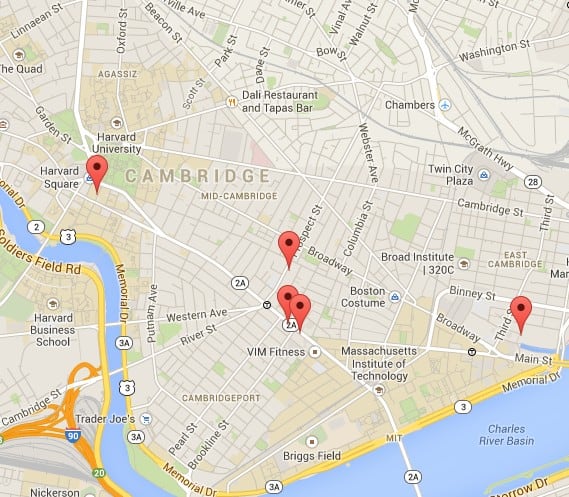
There are currently five local businesses within walking distance of my home that accept bitcoin as payment, according to the AirBitz directory of businesses that take the crypto-currency. Including public transportation, this number jumps to 35. While this concentration may be in part due to my location in the suburb of a major city, what is interesting is the types of business represented – they’re normal. One is an exchange, three more are restaurants and the last is a trendy art gallery that sometimes holds shows out back around a fire pit. These aren’t large tech companies that drive innovation and look at the big picture – they are small businesses that are focused on activities that will help their bottom lines. So what is motivating these businesses to take payment in the form of strings of letters and numbers that a large portion of the financial world considers to be worthless?
Value proposition
When a person or a business makes a financial decision, whether they are purchasing a good, hiring a service or simply behaving in a new way, it comes down to value proposition. Back in the early 2000s, you chose to buy an iPod, even though it was expensive, because it could hold all of your music at once – a rather compelling value proposition. Bitcoin provides users with a way to exchange goods and services without fees, oversight or regulation – also a rather compelling value proposition.
Retailers, however, largely deal with middlemen like Coinbase Inc., who convert a buyer’s bitcoin into dollars at the point of sale, according to Digital Transactions. These middlemen do charge fees, even if they are slightly less than the 2.2 percent plus 20 cents per transaction that makes up the average interchange fee charged by credit card networks. U.S. merchants are also subject to oversight and regulation, even if bitcoin is not. Clearly, merchants that are accepting bitcoin are acting on a different value proposition.
The profile of a bitcoin user
What may be drawing so many small businesses to bitcoin is the profile of the average bitcoin user. According to data from demographic research firm Quantcast, bitcoiners skew richer than the average U.S. citizen. Nearly half (52 percent) of users have incomes of $50,000 per year or above, and more than one-third (35 percent) have incomes of $100,000 and above. Finally, a full 26 percent of bitcoin users have incomes that are over $150,000 per year.
Further demographics proved unsurprising, though potentially useful to merchants looking to target a specific audience. Bitcoin users also tend to be overwhelmingly male (88 percent), tech-savvy and young, with the largest demographic falling between 25 and 34 (27 percent), the firm reported.
The predictions that a company might make based on these findings have already been verified by Overstock.com, which started accepting the currency on its eCommerce storefront in January through Coinbase. Digital Transactions explained that the retailer passed $1 million in bitcoin sales on March 4 – significantly earlier than it had predicted. The average transaction size for bitcoin purchases was more than one-third higher than the overall average transaction size – $226 compared to $168. Even more valuable to the retailer, 58 percent of bitcoin buyers were new to Overstock.com. This bump in sales led the eCommerce giant to revise its first-year estimate for bitcoin transactions up to between $10 million and $15 million, compared to an initial estimate of $3 million to $5 million.
While this lucrative demographic is unlikely to persist if bitcoin becomes truly mainstream, the effect that it has had on the market is a powerful reminder of the strength of supply and demand. If the value proposition that bitcoin presents to users continues to draw more people in, this market of consumers who prefer to do business in the crypto-currency will in all likelihood continue to draw merchants in.







